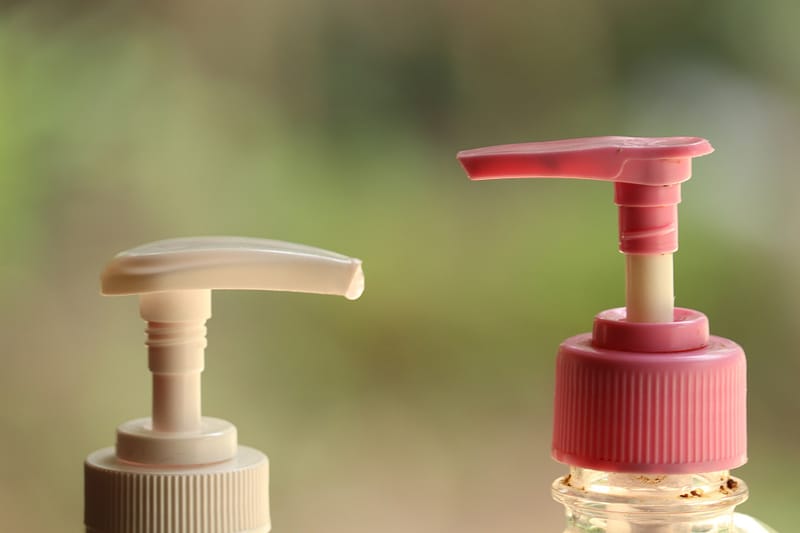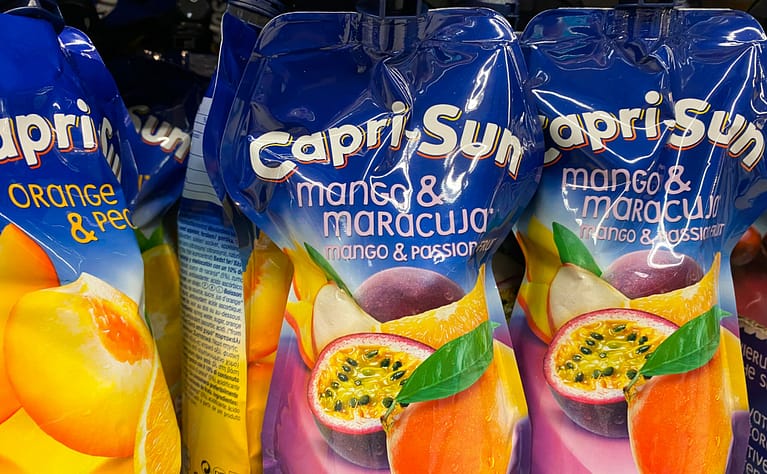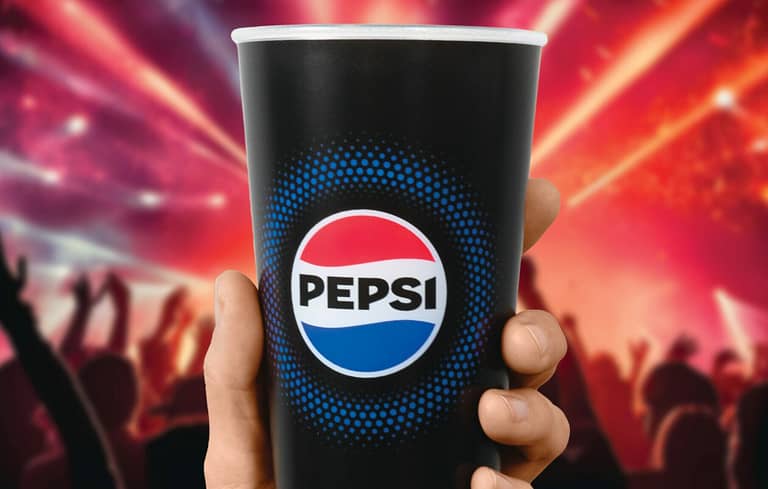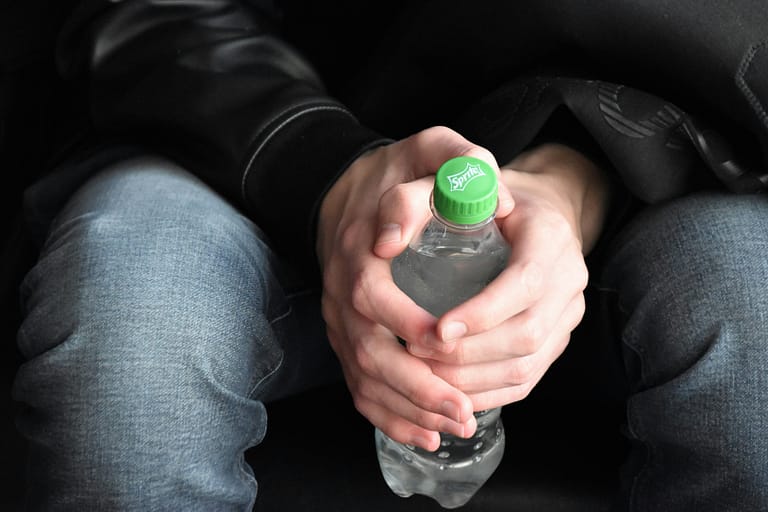Photo source: Pixabay
Unilever tests refill models and activates consumers.
Thomas Reiner | 03.09.2021
Reusable stainless steel bottles are at the center of Unilever’s “Return on the Go” model trials. The consumer goods giant is testing different refill models, store formats and customer experiences in the UK until the end of the year. A key aspect of the initiative is also an attempt to get consumers to cooperate on sustainable buying and consumption. Refill is thus once again showing itself to be an important building block of sustainable strategies. The approach will continue to gain momentum – and offers great opportunities for newcomers in particular.
After Unilever launched Europe’s largest refill trial last year, the consumer goods giant is now following up. As part of its “Return on the Go” initiative, the company is testing different refill models, store formats and customer experiences for using refillable products in the UK until the end of 2021. To this end, key brands such as Persil, Simple, Radox and Alberto Balsam will be offered in reusable stainless steel bottles. Refill is thus once again proving to be an important building block of sustainable strategies. The Refill approach will undoubtedly continue to gain momentum.
A key aspect of Unilever’s initiative is also to activate consumers. The aim is to get them to cooperate on sustainability and sustainable consumption. This approach is important because true circular economy and reuse only works in cooperation with consumers.
Refill offers newcomers great opportunities to enter the market or gain market share. This is because the established, big brands are often still vulnerable in this area. For example, they show their weaknesses where suitable packaging is lacking.
The Return on the Go initiative.
- Unilever is testing its refill models in seven selected Asda and Co-op stores in the UK until the end of 2021.
- The trials will test different refill models, store formats and customer experiences associated with the use of refillable products.
- At the heart of the offering is a “grab and go” purchase of pre-filled stainless steel bottles from the shelf. The bottles can be returned to the store after use. Then, where collected, the bottles are cleaned and refilled.
- Unilever hopes to gain insights into whether integrating refillable products into consumers’ usual shopping habits will increase acceptance of refills. It is also hoped to show whether customers not only purchase the reusable stainless steel bottle as an initial purchase, but also refill the bottle after use at a stand-alone refill station.
Initial findings and figures
A market study commissioned by Unilever as part of the first Return on the Go 2020 initiative in Leeds found:
- 94% of consumers were more likely to buy refill products than the equivalent product in disposable packaging.
- 89% were generally more likely to buy a product whose packaging could be reused.
- 18% wanted a sealed product option (18%) as well as the ability to return empty bottles to the store (16%).
- 25% expressed interest in a loyalty or rewards system.
- Nearly one-third said value for money at refill stations was a key reason for purchases.
Part of the promising conclusion is that Unilever has already exceeded expectations in separate trials. For example, weekly purchases of Persil from the refill zone were one-third higher than purchases of the corresponding disposable packaging.
Central building block: the stainless steel bottle
- Unilever developed the refillable and reusable, plastic-free stainless steel bottles together with “Return-Refill-Repeat,” a company specializing in the circular economy.
- The bottles are designed to track their life cycle and number of uses.
Refill as an opportunity
Refill models have become an important building block in brands’ sustainability strategies. There is no doubt that refill will continue to grow in importance – even if the inclusion of food brings high hurdles. Contact with oxygen and the resulting risks to quality and shelf life require good solutions in the area of logistics.
Regardless of the product, it is clear that refill, reuse and the circular economy as a whole can only work in cooperation with consumers. To do this, we need to effectively change people’s purchasing behavior. And that can only be done through activation and acceptance. Unilever’s approach of testing different refill models, store formats and customer experiences in the use of refillable products is therefore clever and logical.
Refill also offers a great opportunity to newcomers. The concept not only offers an entry ticket to the market, but also the opportunity to take market share from the “big guys.” This is because many established brands are not yet prepared. The lack of suitable packaging can have serious consequences, especially in the refill sector.




